A potter for many years Surrey based Artist Fleur Andreas is a prolific designer-maker of woven textiles. Her inspiration is often drawn from the incredible colours and textures of nature seen in the stunning countryside around her small village of Peaslake.
Fleur has recently been awarded the Silver Award in the Textile and Needlecrafts section of the Craft & Design Selected Makers Awards 2016.
In this interview, which is part of our From conception to creation series, Fleur talks us through the incredibly intricate process of creating her silk and bamboo shawl, Spring Morning.
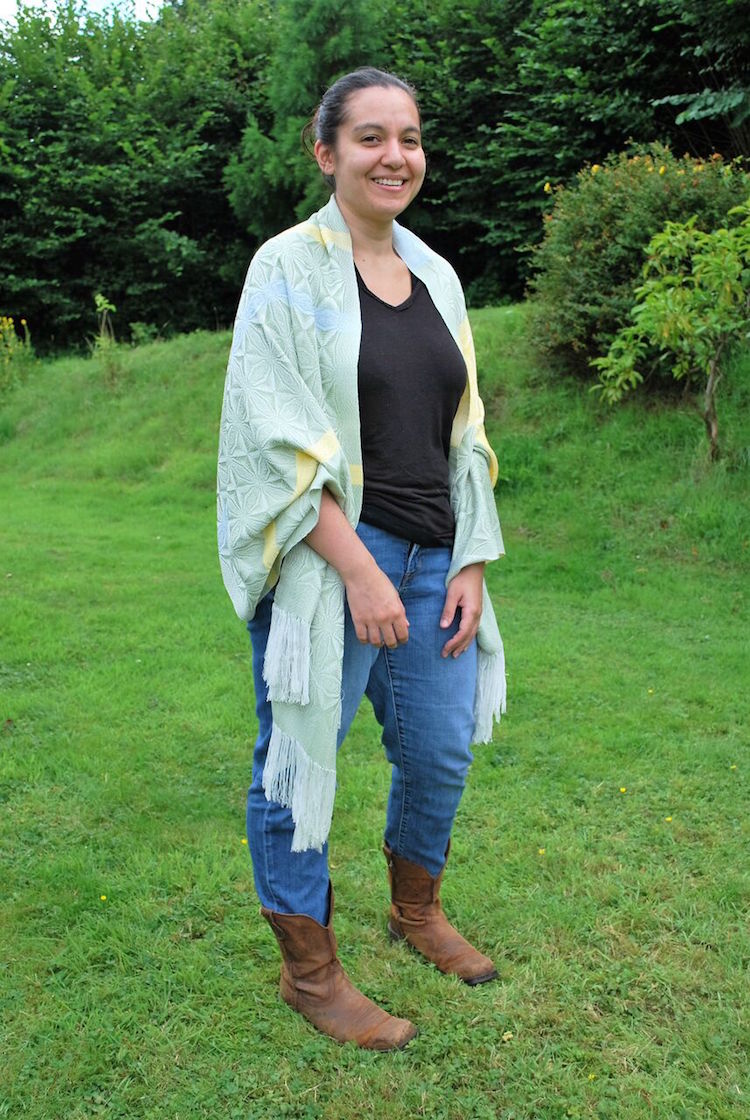
Name of piece: Spring Morning
Year of piece: 2016
Size of piece: 72cm x 208cm
Materials used: Silk and Bamboo
Techniques used: Hand-dying and hand-weaving
Inspired by nature
TextileArtist.org: How did the idea for the piece come about? What was your inspiration?
Fleur Andreas: My ideas began for this piece after a fall of snow in early Springtime. The sunshine falling on the fresh green of the grass under the sparkling snow with the blue sky above was magical. It was so lovely that unfortunately, I was not able to catch it in a photograph.
What research did you do before you started to make?
In order to prepare for my piece, I needed to plan the structure and calculate the amount of warp threads and necessary weft that would be required.
I was looking for a new pattern to weave and having worked on a few different drafts came across Swedish Snowflake in [easyazon_link identifier=”189376219X” locale=”UK” tag=”wwwtextileart-21″]The best of Weaver’s Twill Thrills edited by Madelyn van der Hoogt. This excited me and I wound a short warp in order to weave some samples with different yarns, adapting the draft for my needs. For this, I used my eight-shaft Harris table loom.
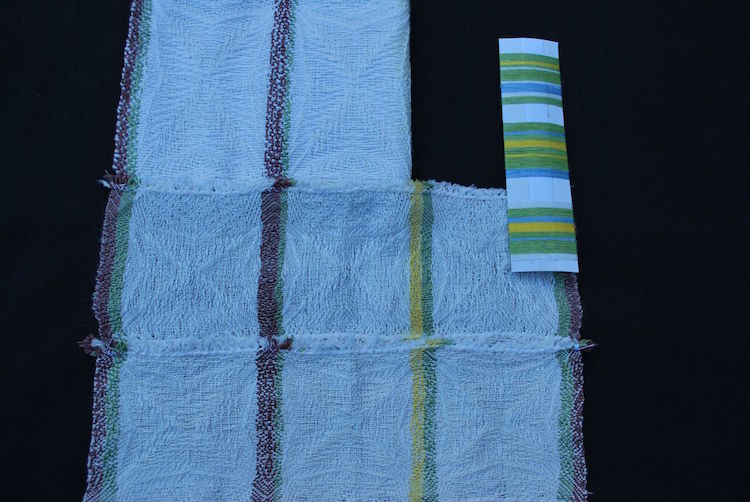
What materials were used in the creation of the piece? How did you select them? Where did you source them?
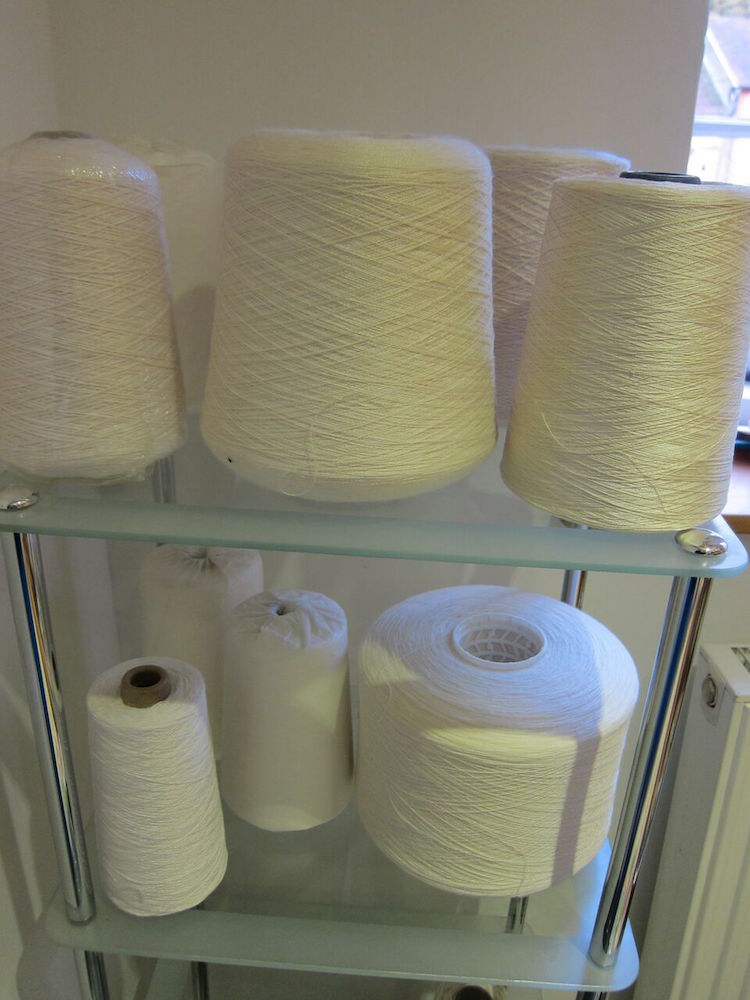
Having used bamboo yarn before I decided that this would provide the feel and drape that I was looking for in the warp, and silk seemed to be the best choice to give a luxurious shine and texture in the weft. I have found that these two yarns work well together giving a soft and supple texture.
After some sketching, I made a few card windings to determine the colour combination. I decided on dying silk 30/2s in grass green, sunshine yellow and sky blue, using procion MX dyes, for the weft but keeping the bamboo 12 yarn undyed for the warp.
Silk is easily obtainable from a reputable yarn supplier but bamboo has been more difficult to source (other than by the ton from China). Fortunately, my daughter was living in the USA for a while and with her help, I was able to purchase a smaller quantity of bamboo yarn from a company called Cotton Clouds in Arizona. It is possible to buy from their website but of course, the carriage charges are very expensive.
An excellent supplier of dyes is Kemtex Educational Supplies in Lancashire who have always been really helpful.
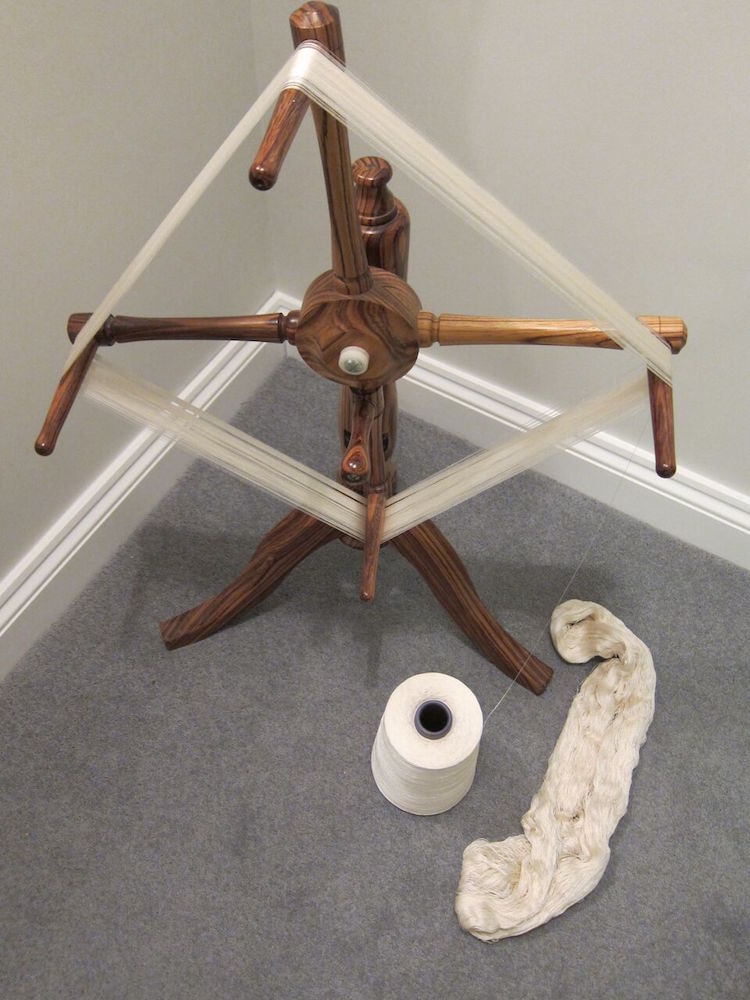
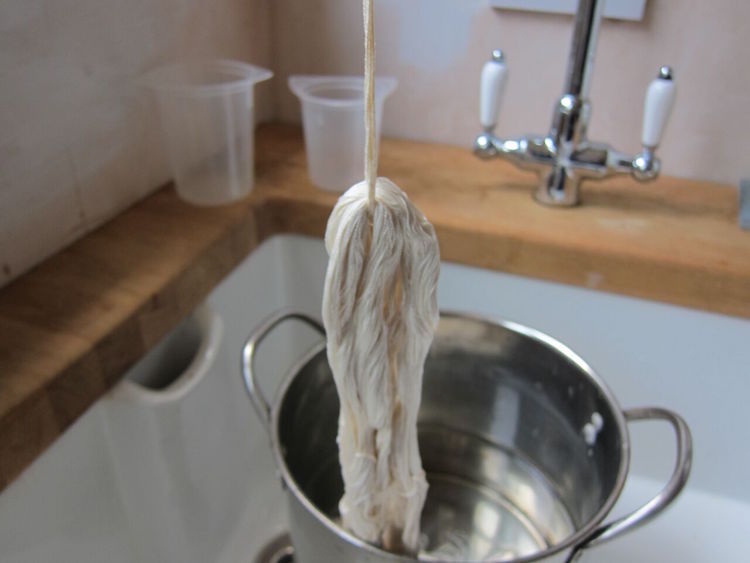
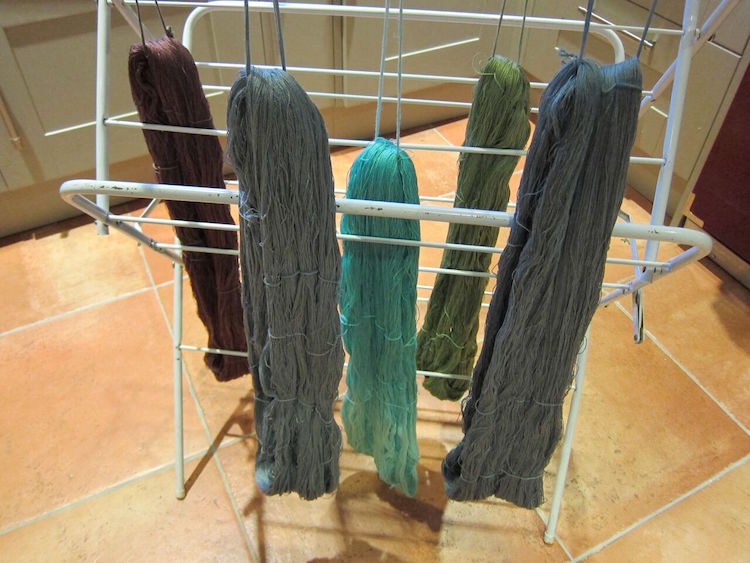
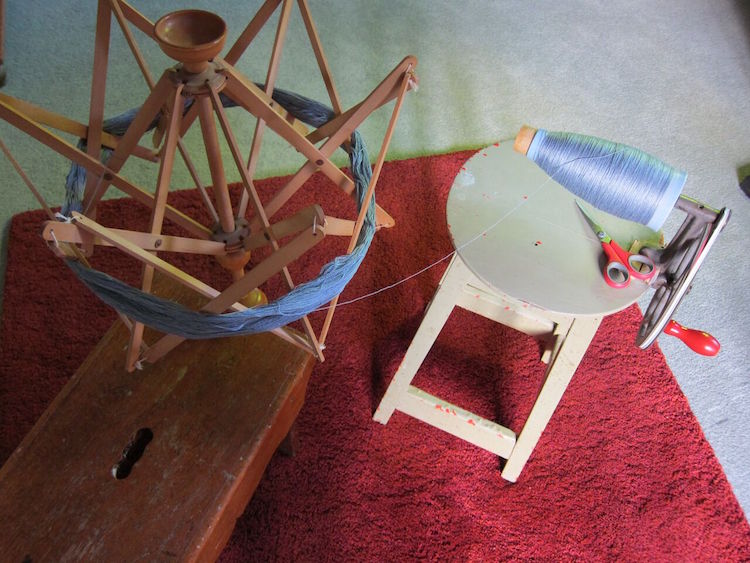
Looms, peddles and bobbins
Was there any other preparatory work?
There is always a lot of yarn winding involved during the preparation of a piece of work, so first of all, as it was not being dyed for this particular item, the bamboo warp was wound to the required number of threads. The silk was then wound into skeins for dyeing and once it was dry again it needed to be put back onto cones in readiness for winding the bobbins for the weft.
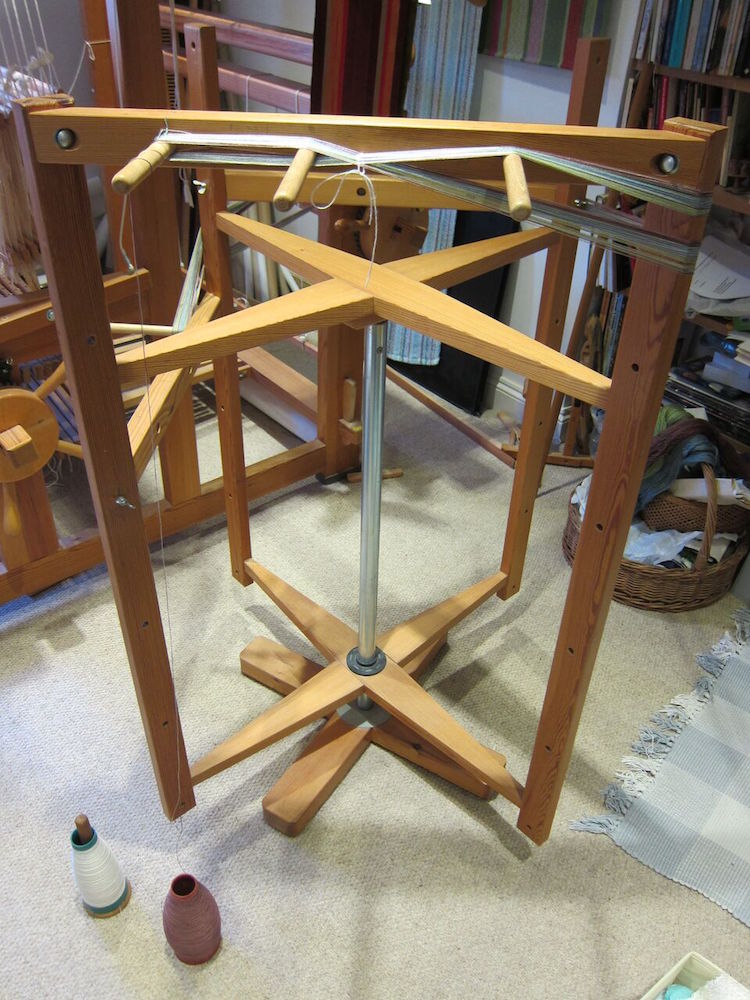
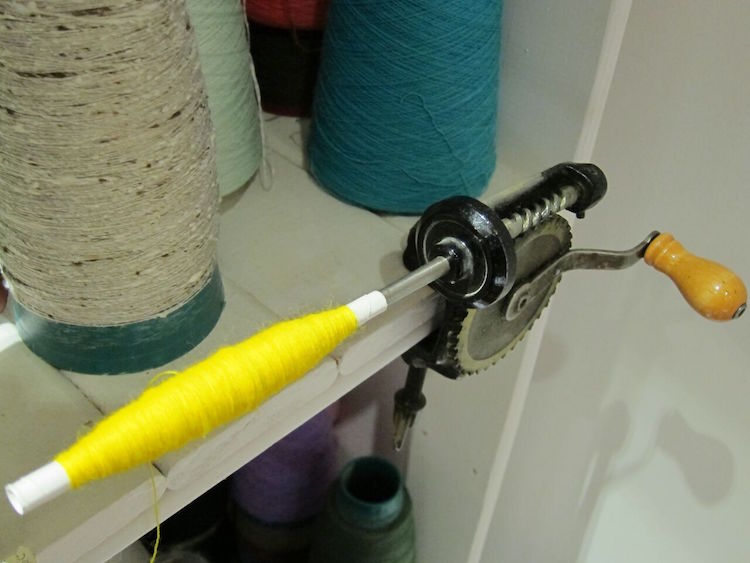
What equipment did you use in the creation of the piece and how was it used?
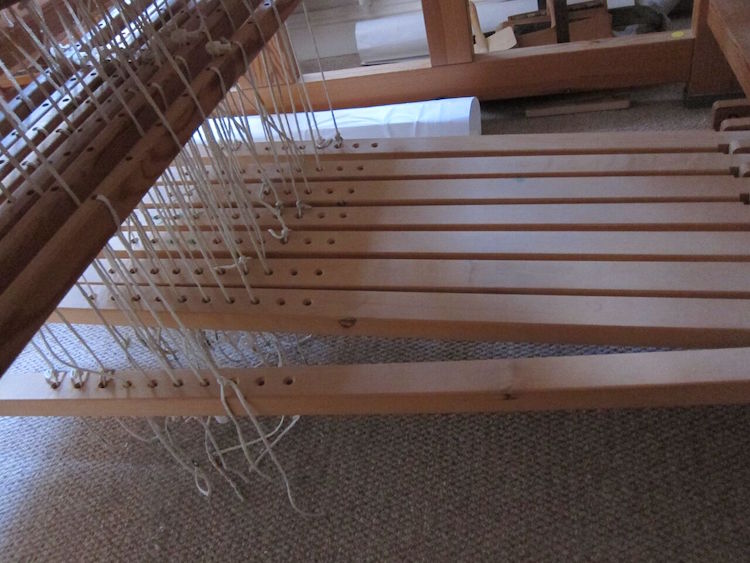
I then tied the peddles for the lifting of the shafts on my Glimakra countermarch floor loom. Sitting on the floor under the loom, trying not to make any mistakes in the tie-up is usually the moment for the doorbell to be rung downstairs!
Once the warp was placed onto the back beam it was divided evenly through the raddle. To wind on a large warp help is needed so that there is someone at either end of the loom to keep the tension constant and the warp smooth; for this my husband and my daughter have both learnt to become very good assistants. The raddle was then removed and the warp firmly secured.
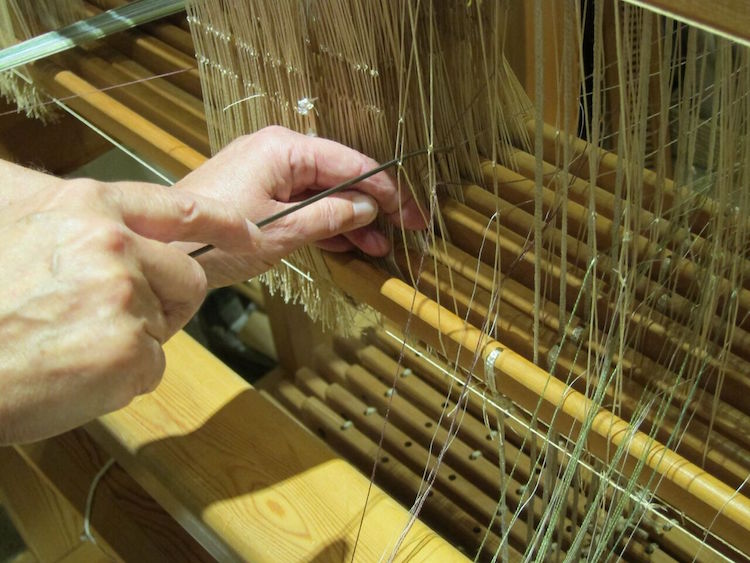
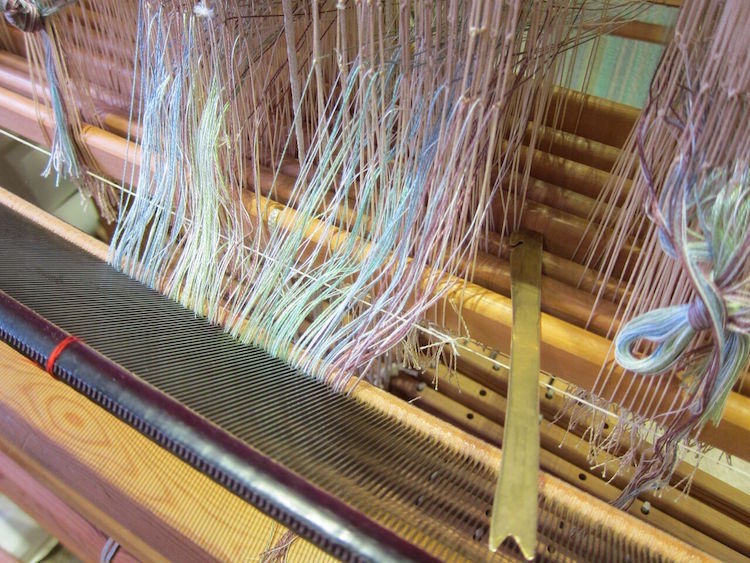
Next came the threading of the warp threads through the heddles in the required order for the pattern. For Spring Morning the pattern repeat was over 200 ends and so it needed quite a lot of concentration. It is never good to find a mistake in the threading later on once the weaving has begun. After threading the heddles I then needed to thread the yarn through the reed. I used a five dents per centimetre reed with three ends per dent, and then the warp was tied onto the front bar of the loom: ready to weave at last.
Take us through the creation of the piece stage by stage
Weaving a large piece that is made with fine yarn can take a considerable length of time, especially if the pattern is complicated. This particular shawl probably took me about two weeks to complete, including a few centimeters extra to allow for shrinkage.
After removing the work from the loom I knotted the ends in threes before washing gently in cool water with a mild detergent. Sometimes I plait the fringe of a piece but felt that it was more suitable not to do this for Spring Morning. The work was then tentered by stretching and pinning carefully onto a large board, which is always hard on the fingers so not my favourite job. However, once the work was dry the pins could be removed and my shawl was finished.
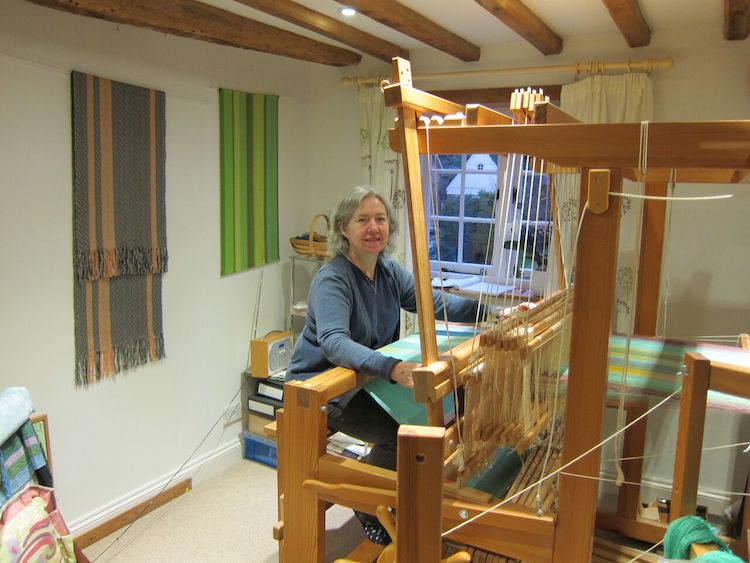
What journey has the piece been on since its creation?
Spring Morning was part of my collection that was shown at Designer Crafts at the Mall 2016, the exhibition of the Society of Designer Craftsmen which took place in London in August.
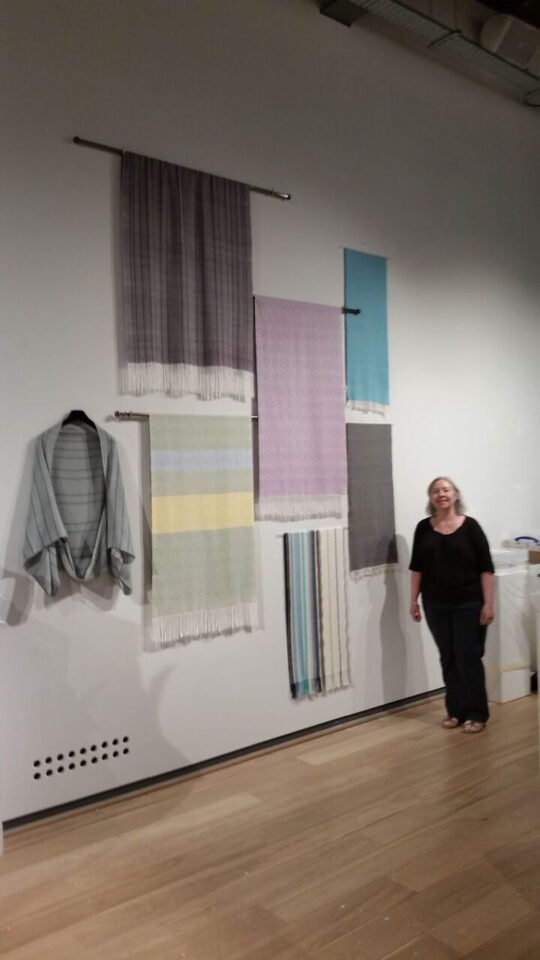
For more information visit: www.fleurdesign.co.uk
Got something to say about the techniques, materials and processes used by this artist – let us know by leaving a comment below.
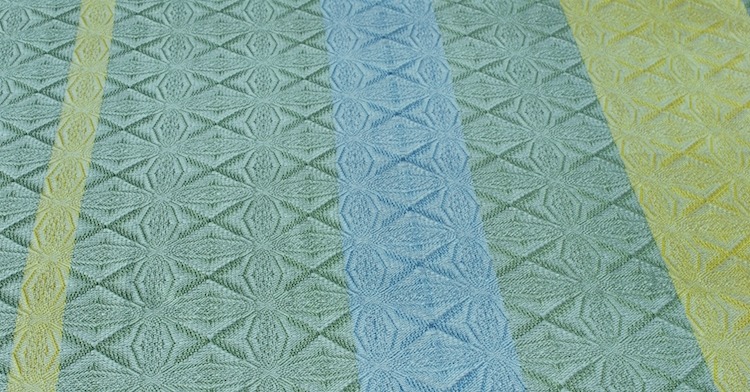
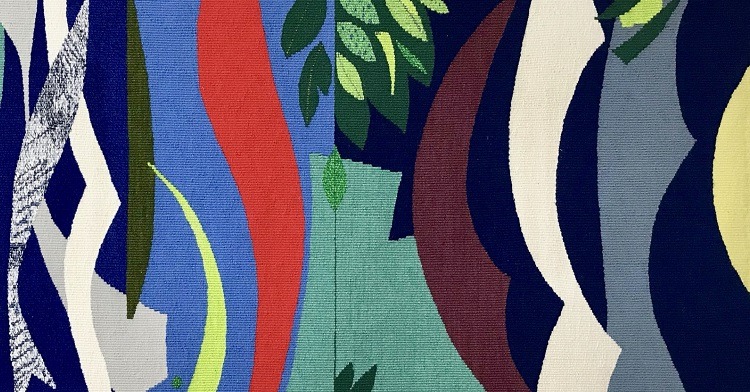
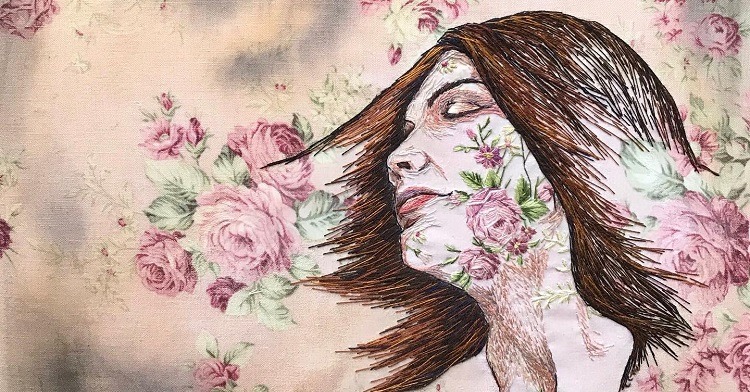
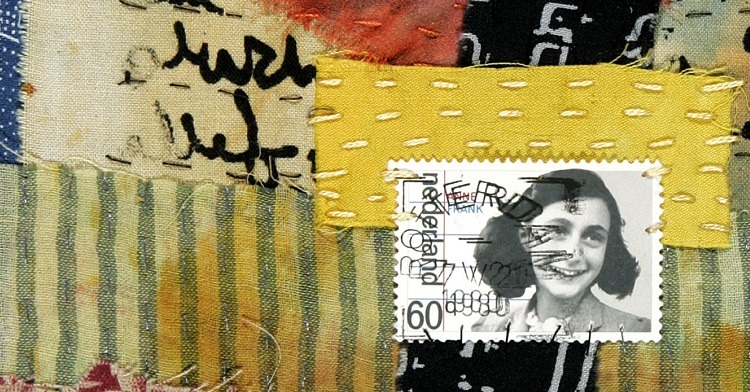
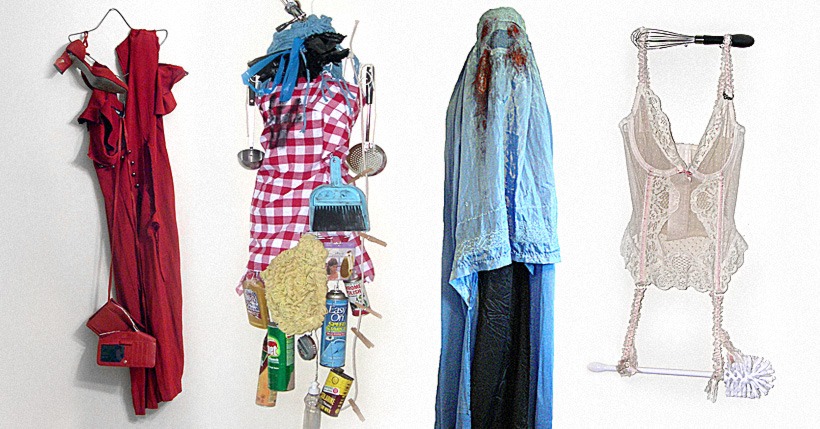
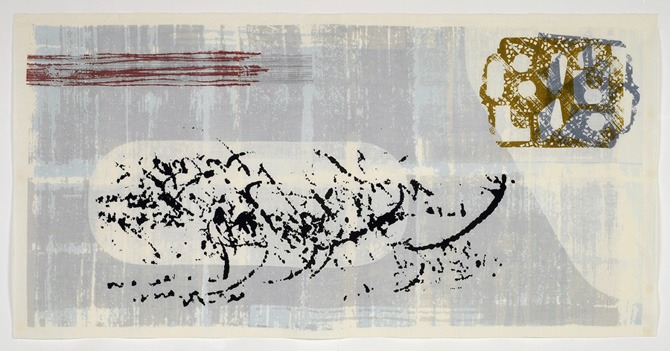
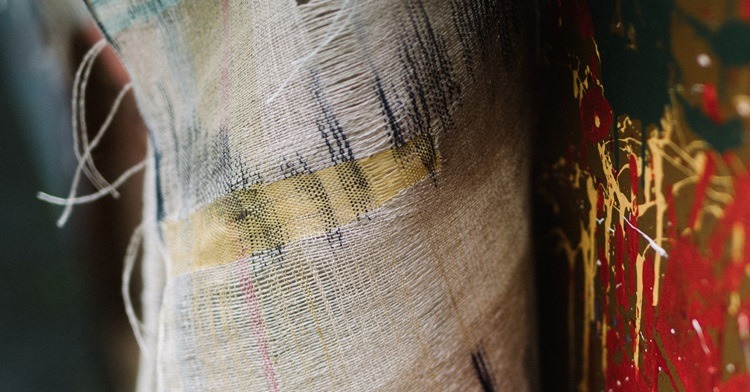
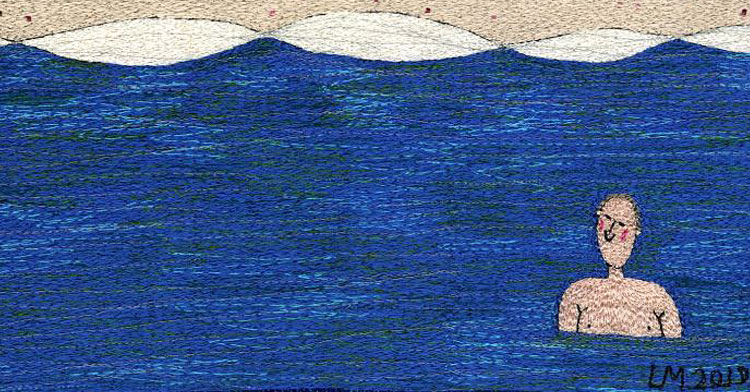
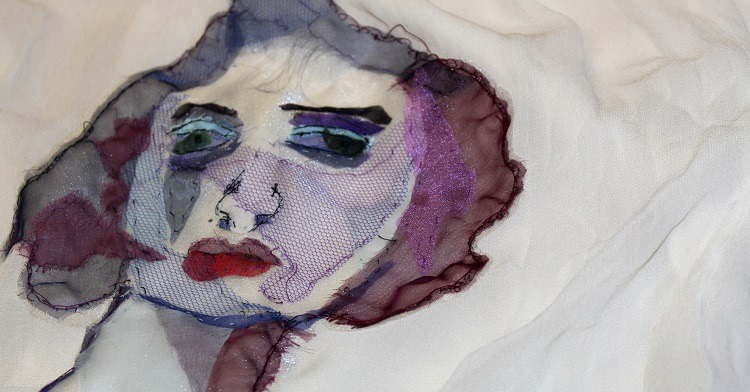
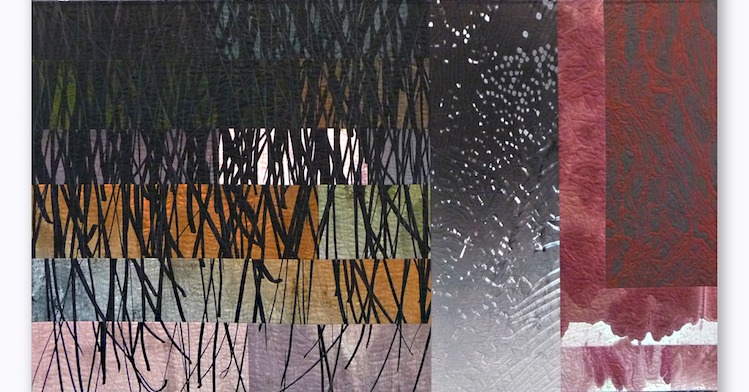
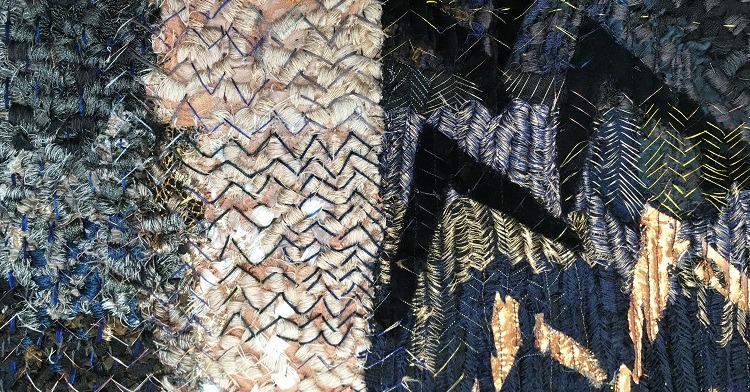
Comments